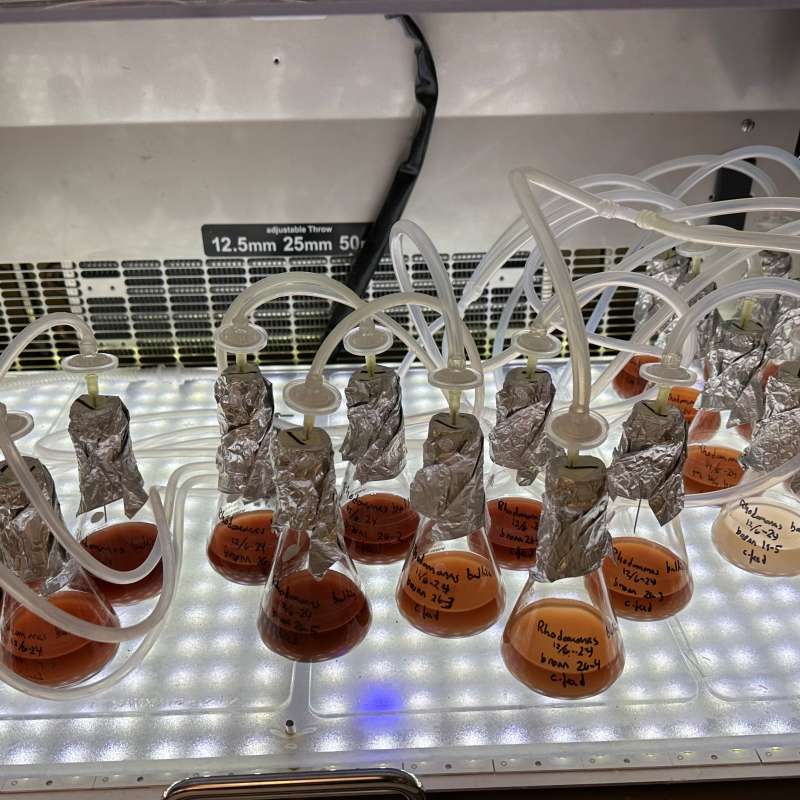Stig A. Borgvang
Forsker
Biografi
Co-ordinator of NIBIO`s Research Group on Microalgae. That means i.a. scutinising potential funding sources in Norway and abroad for intreresting topics where NIBIO`s Research Group on Microalgae can contribute, preferentially related to food or feed issues, but also high value products. Currently protein related proposals obtain funding and we are heaviliy engaged in the RCN funded ALGEKYLLING project, as well as the MikRho project, equally funded by the RCN.
I have also more than half my time devoted to finding large funding opportunities as Head of Large Project Developments at NIBIO’s division Biotechnology and Plant Health. That could be on any research topic within the remit of our Division.
Sammendrag
Det er ikke registrert sammendrag
Forfattere
Kari Skjånes Dag Henning Edvardsen Hans Ragnar Norli Inger Johanne Karlengen Stig A. BorgvangSammendrag
Det er ikke registrert sammendrag
Sammendrag
Det er ikke registrert sammendrag

Divisjon for bioteknologi og plantehelse
Microalgae contributions to future protein and fatty acid rich feed for Norwegian chicken at industrial scale - ALGEKYLLING
The main goal of the project is to create a knowledge and technology platform for production and use of chicken feed with proteins and polyunsaturated fatty acids (PUFA) from Norwegian microalgae biomass. The project consortium includes the whole production/value chain.

Divisjon for bioteknologi og plantehelse
MikRho - Etablere Rhodomonas kultur med gunstig mikrobiom tilpasset industriell produksjon
Som en av de største mikroalgeprodusentene i Norge, er CFEED med å tilby bærekraftige fôrløsninger gjennom sin produksjon av mikroalger og hoppekrepsen Acartia tonsa. Hoppekrepsen benyttes videre som startfôr til blant annet torsk, berggylte og seabream, hvor den er med å bedre utbyttet til fiskeprodusentene gjennom å øke vekst, overlevelse og å forbedre larvekvaliteten.

Divisjon for bioteknologi og plantehelse
MikRho - Establishing Rhodomonas culture with beneficial microbiome adapted to industrial production
As one of the largest microalgae producers in Norway, CFEED contributes to sustainable feed solutions through its production of microalgae and the copepod
